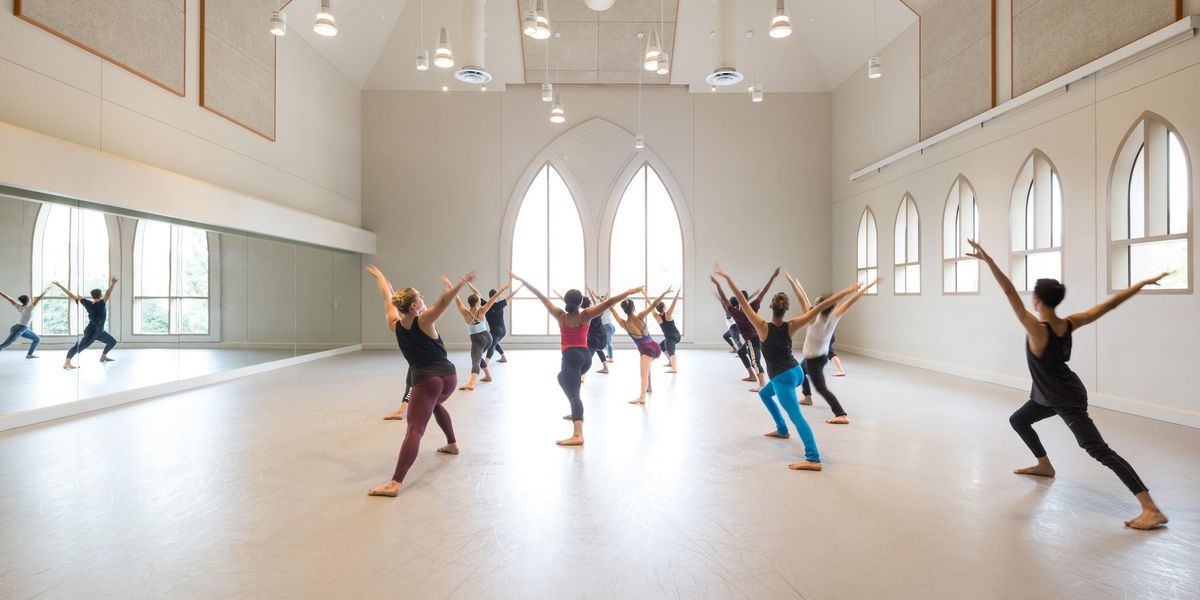Dance Matters: The Ties That Bind Us
The whimsical
Oyster comes back stateside.
Oyster
is at once circus with a heart, theater with a sharp physical center, and dance with a sly sense of humor. Since 1999, audiences worldwide have gotten happily lost in the beguiling web of this contemporary Israeli classic from choreographers Inbal Pinto and Avshalom Pollak. Oyster returns to America from Jan. 28 to Feb. 11, playing in Cleveland; New Brunswick, New Jersey; Boston; and Philadelphia.
Pinto, who trained as a graphic designer and danced for the Batsheva Dance Company, and Pollak, an accomplished actor, are pleasantly surprised by the show’s longevity. The artistic duo, who collaborate on both movement and overall design, suggest that Oyster’s popularity stems from its ability to “communicate with humanity and cross borders,” says Pinto. Oyster’s vaudevillian ingredients of richly detailed costumes, elaborate music-box set, and a corps of about a dozen quirky characters allow audiences to enter the fantasy. Yet below its playful surface, the work hints at a darker subtext.
Though hardly a review goes by without calling the work “Tim Burton-esque” in its haunting elegance, a less obvious aesthetic and thematic inspiration comes from Freaks, the 1932 film about sideshow performers. The co-directors point out that while a circus generally deals with the unique abilities of its performers, Oyster is more interested in disability and how to present those limitations as entertainment. The show’s cast exhibits an array of sharp, detailed gestures that make all of Pinto and Pollak’s creations wonders of precision.
Ultimately, Oyster offers a way to look at imperfection as a form of beauty, recognizing the forces that shape us and that we simultaneously manipulate. “We’re all part of a big marionette,” says Pinto. “We are controlled by a few strings and we control others. Oyster is a metaphor for those strings of life.”
Noga Harmelin. Photo by Eyal Landesman, Courtesy Pinto Dance




